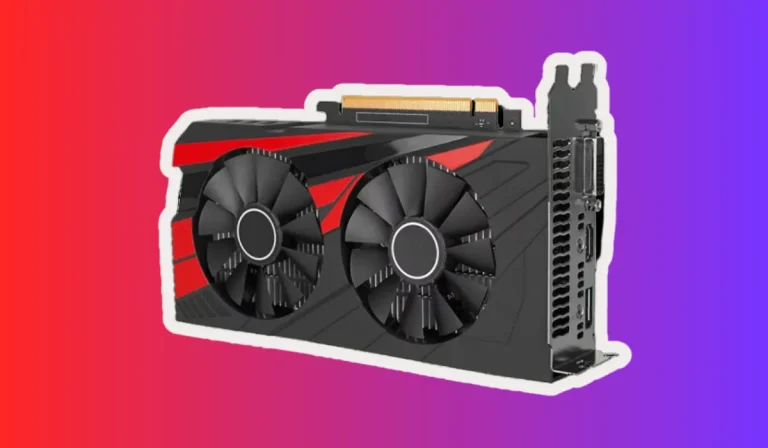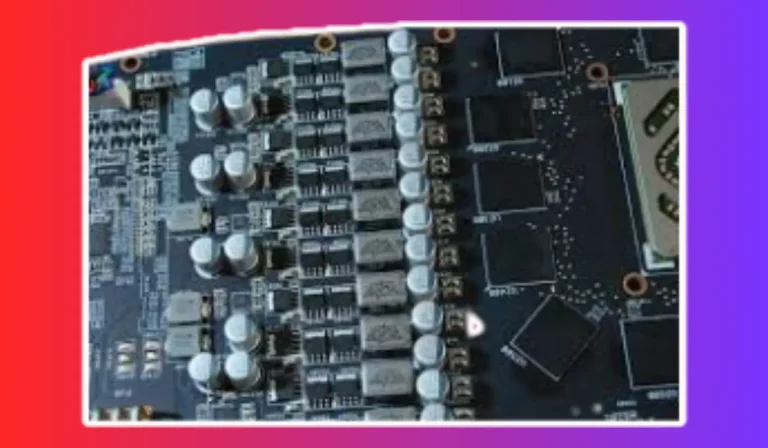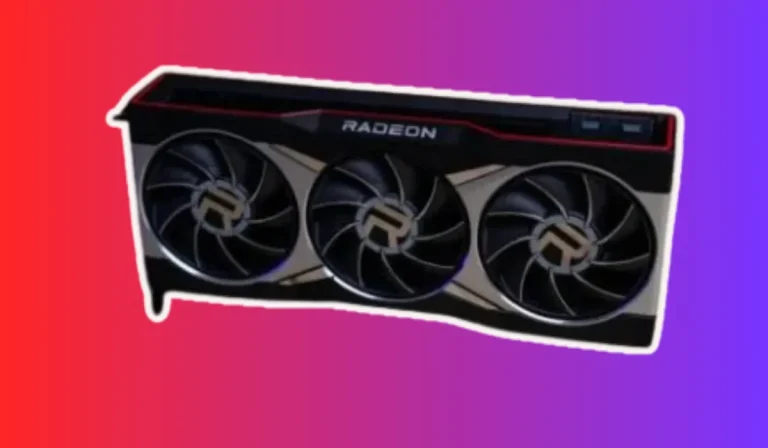How to Check What Graphics Card You Have on Windows 7?
Is your Windows 7 PC running slow or struggling with graphics-intensive tasks? Time to unveil the mystery of your graphics card! Knowing what graphics card you have is essential for troubleshooting, gaming, and software compatibility.
In this step-by-step guide, we’ll show you how to check and identify your graphics card on Windows 7. Let’s dive in and discover your graphics card today!
Checking Graphics Card via Device Manager
When it comes to identifying your graphics card on a Windows 7 computer, the Device Manager is your go-to tool. This handy feature allows you to view and manage all the hardware devices connected to your PC.
Checking your graphics card via Device Manager is a straightforward process that can provide you with essential information about the manufacturer and model of your graphics card.
To get started, follow these simple steps:
1. Click on the Start button: Located in the bottom-left corner of your screen, the Start button is your gateway to accessing various features and settings on your Windows 7 computer.
2. Type “Device Manager” in the search bar: Once you’ve clicked on the Start button, a search bar will appear. Type in “Device Manager” and hit Enter. This action will launch the Device Manager window.
3. Expand the “Display adapters” category: Within the Device Manager window, you’ll find a list of hardware categories. Look for “Display adapters” and click on the arrow next to it. This will expand the category and reveal the graphics card details.
Under the “Display adapters” category, you will find the manufacturer and model of your graphics card. Take note of this information as it can help troubleshoot or update drivers in the future.
Utilizing the DirectX Diagnostic Tool
If you’re looking for a more detailed and comprehensive way to check your graphics card on Windows 7, the DirectX Diagnostic Tool is here to help.
This built-in tool provides a wealth of information about your system’s hardware and software components, including the graphics card.
By utilizing the DirectX Diagnostic Tool, you can access detailed specifications and gain a deeper understanding of your graphics card’s capabilities.
To make use of this powerful tool, follow these steps:
1. Press the Windows key + R: This keyboard shortcut opens the Run dialog box, which allows you to execute various commands on your Windows 7 computer.
2. Type “dxdiag” and hit Enter: In the Run dialog box, type “dxdiag” and press Enter. This action will launch the DirectX Diagnostic Tool.
3. Navigate to the “Display” tab: Once the DirectX Diagnostic Tool window appears, click on the “Display” tab. Here, you’ll find a wealth of information about your graphics card.
Within the “Display” tab, you’ll discover the name, manufacturer, and other specifications of your graphics card. This includes details such as the display memory, driver version, and even the current DirectX version being used.
Using Third-Party Software
If you’re looking for a more user-friendly and feature-rich way to check your graphics card on Windows 7, utilizing third-party software can be a great option.
These software tools are specifically designed to provide a seamless experience and offer additional functionalities beyond what the built-in Windows tools provide.
By using third-party software, you can access detailed information about your graphics card in a more intuitive and visually appealing manner.
To get started with third-party software for checking your graphics card, follow these steps:
1. Research and choose reliable software: There are various third-party software options available, so take some time to research and choose a reputable one that suits your needs. Look for software that is compatible with Windows 7 and has positive user reviews.
2. Download and install the software: Once you’ve selected the software, visit the official website and download the installation file. Run the file and follow the on-screen instructions to install the software on your computer.
3. Launch the software and navigate to the graphics card section: Once the software is installed, launch it and look for the graphics card section or tab. This is where you’ll find detailed information about your graphics card, such as the model, temperature, clock speed, and more.
Using third-party software offers a more user-friendly and visually appealing way to check your graphics card on Windows 7.
These tools often provide additional features like real-time monitoring, overclocking options, and even benchmarking capabilities.
With their intuitive interfaces, you can easily explore the specifications and performance of your graphics card without any technical hassle.
FAQ’s
1. How can I check what graphics card I have on Windows 7?
To check your graphics card on Windows 7, you can utilize the DirectX Diagnostic Tool. Press the Windows key + R, type “dxdiag,” and hit Enter. In the DirectX Diagnostic Tool window, navigate to the “Display” tab to find detailed information about your graphics card.
2. Are there any built-in tools in Windows 7 to check my graphics card?
Yes, Windows 7 comes with a built-in tool called the DirectX Diagnostic Tool. This tool provides detailed information about your graphics card and other system components. You can access it by pressing the Windows key + R, typing “dxdiag,” and hitting Enter.
3. Can I use third-party software to check my graphics card on Windows 7?
Absolutely! Third-party software can provide a more user-friendly and feature-rich experience for checking your graphics card on Windows 7. Look for reputable software that is compatible with Windows 7 and offers additional functionalities like real-time monitoring and overclocking options.
4. What information can I find about my graphics card using the DirectX Diagnostic Tool?
The DirectX Diagnostic Tool provides various information about your graphics card, including its name, manufacturer, display memory, driver version, and the current DirectX version being used. This tool gives you a detailed overview of your graphics card’s specifications.
5. Why should I check my graphics card on Windows 7?
Checking your graphics card on Windows 7 is essential for various reasons. It helps you troubleshoot graphics-related issues, ensure software compatibility, make informed decisions about upgrades or optimizations, and have a better understanding of your system’s capabilities. Knowing your graphics card details can enhance your overall computing experience.
Conclusion
Checking your graphics card on Windows 7 is a breeze with the DirectX Diagnostic Tool. Whether you use the built-in tool or opt for third-party software, knowing the specifications of your graphics card will help you troubleshoot issues, ensure compatibility, and make informed decisions. Unlock the power of your graphics card today!



